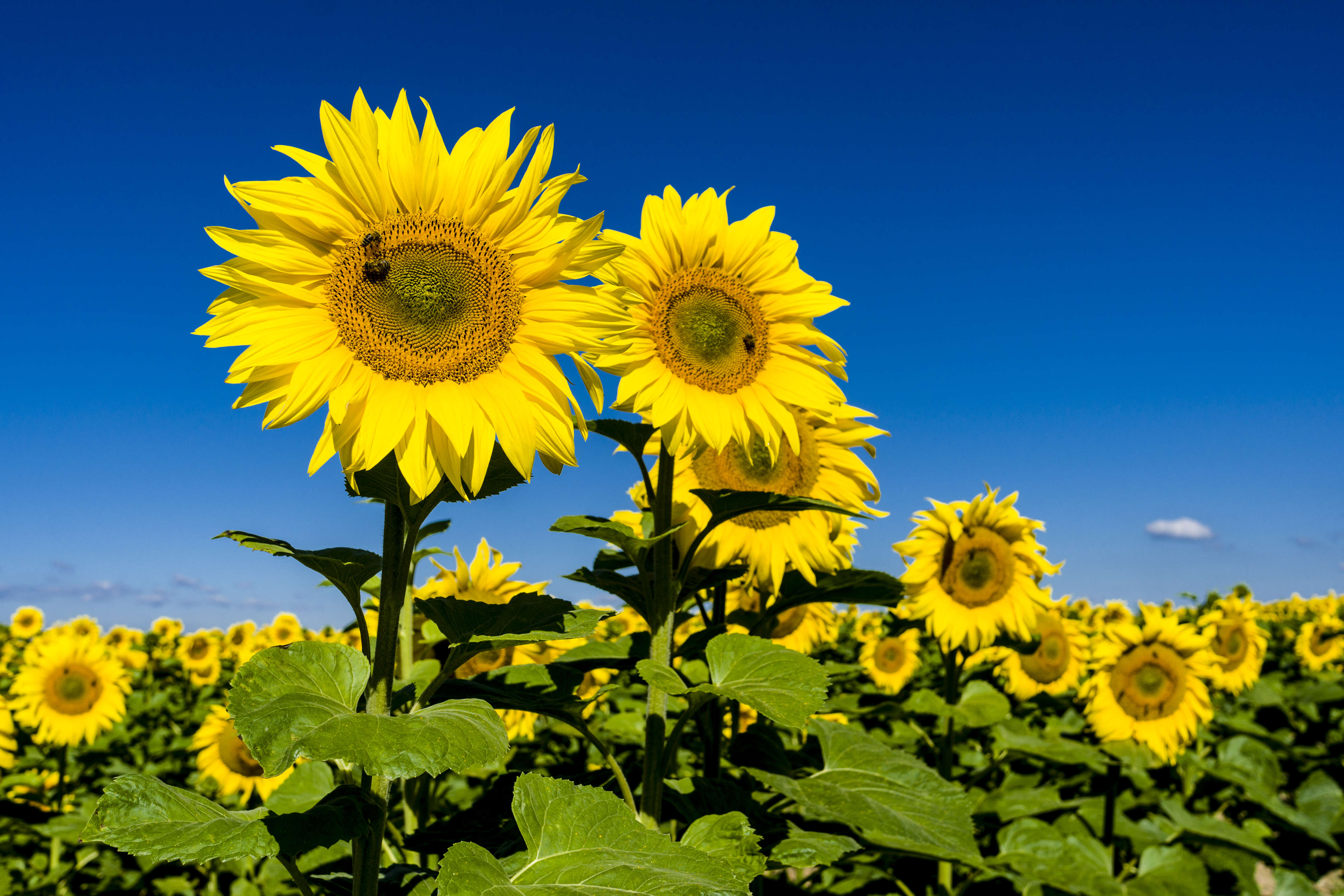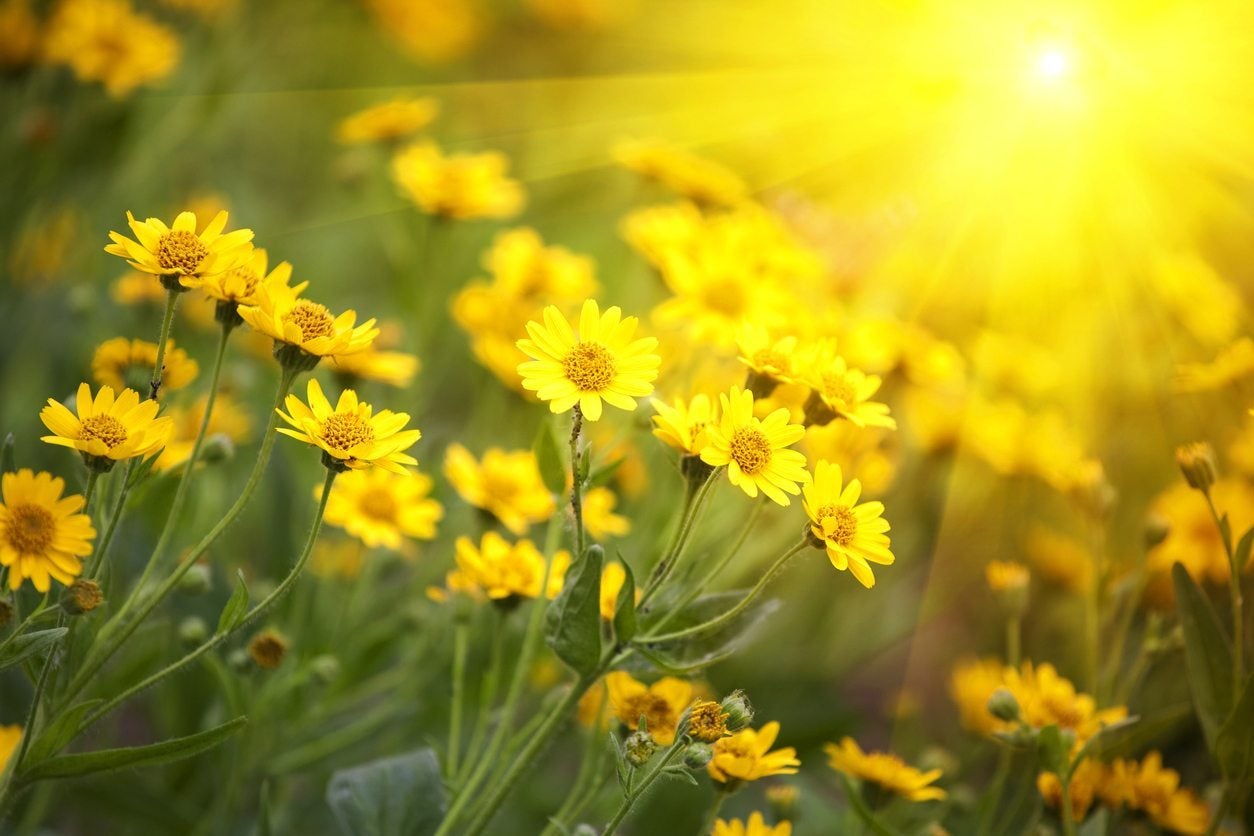Flower Sun. Soil Needs: Rich, moderate moisture, well-draining. COSMOS ( Cosmos bipinnatus) One of the easiest annuals to grow from seed, cosmos deserves a place in every garden.

It is not related to the "real" periwinkle ( Vinca spp.) and most varieties are now cultivars that don't resemble it any more. All plants and flowers need the sun but only a few can tolerate its strength during the heat of summer. Plants that don't need sun are great for spots in a room that need touches of green, but might not have enough direct sunlight for most plants to survive.. florapedia / plant-flower-tips / plants that dont need sun.
These tiny relatives of the sunflower include the Black-Eyed Susan and hybrids that come in orange, yellow, red, and even brown. They bloom best in full sun but can tolerate a little afternoon shade. Except for three South American species, the species of Helianthus are native to North America and Central America.
First of all, it is important to remember that perennial flowering plants can take a range of different forms. Sun exposure: Part sun to full sun. Plants that don't need sun are great for spots in a room that need touches of green, but might not have enough direct sunlight for most plants to survive.. florapedia / plant-flower-tips / plants that dont need sun.
Its tidy size makes a good choice for a full sun foundation or walkway planting. But the perennial types of salvia are largely in the blue-violet color range, though there are a few pink cultivars from which to choose. Echinacea purpurea (Purple Coneflower) is a tall.
Salvia nemorosa (Meadow Sage) grows low to the ground and produces purple flower spikes in spring. These tiny relatives of the sunflower include the Black-Eyed Susan and hybrids that come in orange, yellow, red, and even brown. A butterfly flying through a sunny sky with a yellow Gerbera flower in the background.
A butterfly flying through a sunny sky with a yellow Gerbera flower in the background. These tiny relatives of the sunflower include the Black-Eyed Susan and hybrids that come in orange, yellow, red, and even brown. Echinacea purpurea (Purple Coneflower) is a tall.
The ancient Greek myth of Apollo and Clytie is one explanation of why sunflowers turn towards the sun. First of all, it is important to remember that perennial flowering plants can take a range of different forms. Color Varieties: Red, pink, purple, orange, yellow, white.
The best perennial afternoon sun plants are both sun-loving and drought tolerant. Bulbs, that come back into bloom each year. Another version of the game, modified for the handheld Nintendo DS, was redeveloped by h.a.n.d.
If you want butterflies fluttering around your full sun pots, include pentas in the mix. First of all, it is important to remember that perennial flowering plants can take a range of different forms. The best perennial afternoon sun plants are both sun-loving and drought tolerant.
The ancient Greek myth of Apollo and Clytie is one explanation of why sunflowers turn towards the sun. Calibrachoa (Million Bells) Sun exposure: Part sun to full sun. All plants and flowers need the sun but only a few can tolerate its strength during the heat of summer.
These tiny relatives of the sunflower include the Black-Eyed Susan and hybrids that come in orange, yellow, red, and even brown. If you want butterflies fluttering around your full sun pots, include pentas in the mix. It's genus, Helianthus, is rooted in two Greek words — "helios" meaning sun and "anthos" meaning flower.
Coneflowers can be drought-tolerant, but should be watered. Another version of the game, modified for the handheld Nintendo DS, was redeveloped by h.a.n.d. Some of these vines have attractive foliage and can climb very high!
A fantastic seasonal bloomer, daylilies produce abundant flowers that make spectacular showings in sun-splashed borders, mixed cutting gardens, and throughout the summertime landscape. These Southern natives thrive in heat and humidity. Flowering vines for sun include: Blue Passion Flower, Bougainvillea, Clematis, Coral Honeysuckle, Gloriosa Lily, Goji Berry, Moonflower, Purple Hyacinth Bean, Star Jasmine, and Trumpet Creeper.
But the perennial types of salvia are largely in the blue-violet color range, though there are a few pink cultivars from which to choose. Coreopsis auriculata (Tickseed) produces a profusion of golden yellow flowers in late spring to early summer. All plants and flowers need the sun but only a few can tolerate its strength during the heat of summer.
Echinacea - A perennial that is often grown from seed, coneflower echinacea plants easily establish themselves in full sun beds. Choose American cranberrybush ( Viburnum opulus var. americanum) for a wildlife or bird garden in full sun. Remove spent blossoms to keep the flower show going strong.
The ancient Greek myth of Apollo and Clytie is one explanation of why sunflowers turn towards the sun.
First of all, it is important to remember that perennial flowering plants can take a range of different forms.
A fantastic seasonal bloomer, daylilies produce abundant flowers that make spectacular showings in sun-splashed borders, mixed cutting gardens, and throughout the summertime landscape. Sun exposure: Part sun to full sun. Calibrachoa (Million Bells) Sun exposure: Part sun to full sun.





